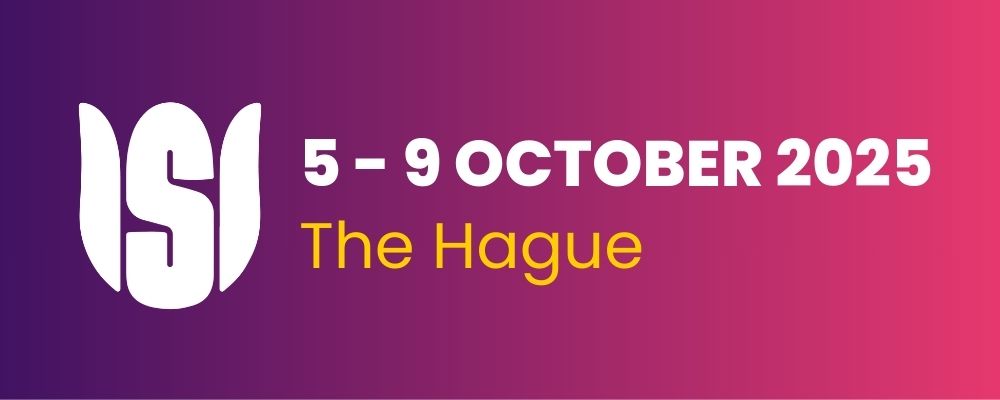Bias, Variation, Error, and Interpretability of Algorithms Used in Forensic Applications
Conference
Category: International Association for Statistical Computing (IASC)
Proposal Description
Session description: Statistical algorithms have been used for centuries for prediction (linear models, logistic regression, discriminant analysis) but today are increasingly overshadowed by 'black-box' algorithms in many fields. Their reliability is crucial when applied to forensic evidence and their results are used to conclude guilt or innocence. Three speakers will discuss their strengths and weaknesses, particularly in forensic science, where results have major consequences in criminal justice systems.
Moderator: Paula Brito (Portugal); Discussant: Chun-Houh Chen (Taiwan)
Rodu (USA): When are (or aren't) black-box algorithms justified? Can we identify features of a prediction problem that will help us to decide when their use may, or may not, be justified. We describe Outcome Reasoning behind the development of black-box algorithms versus Model-Based Reasoning in statistics. We discuss strengths and limitations of each, and provide a framework and multiple examples across several domains.
Kafadar (USA): Forensic nurses must evaluate patterns of injuries on victims of sexual abuse to determine whether the victim experienced sexual assault and/or attempted strangulation. The distinction has serious legal consequences if the evaluation fails to reveal signs of strangulation (attempted murder). Judges want data to justify a nurse's assessment: false positives/negatives can be deadly. We discuss two studies and describe 2 algorithms, black-box and statistical, and a novel display of the estimated likelihood ratio to help laypeople better understand the results.
Inman (UK): Analysis of forensic DNA samples involves an algorithm to calculate the (log) Likelihood Ratios (logLRs) at several loci. In this study, algorithms were used to calculate per-locus logLRs and their sum for 5 replicates of the same sample, using different total amounts of DNA and different numbers/percentages of contributors. The results show greater variability among 5 replicates than is commonly assumed. These findings have important consequences for interpreting forensic DNA analyses, where usually only one replicate and one algorithm is available.
